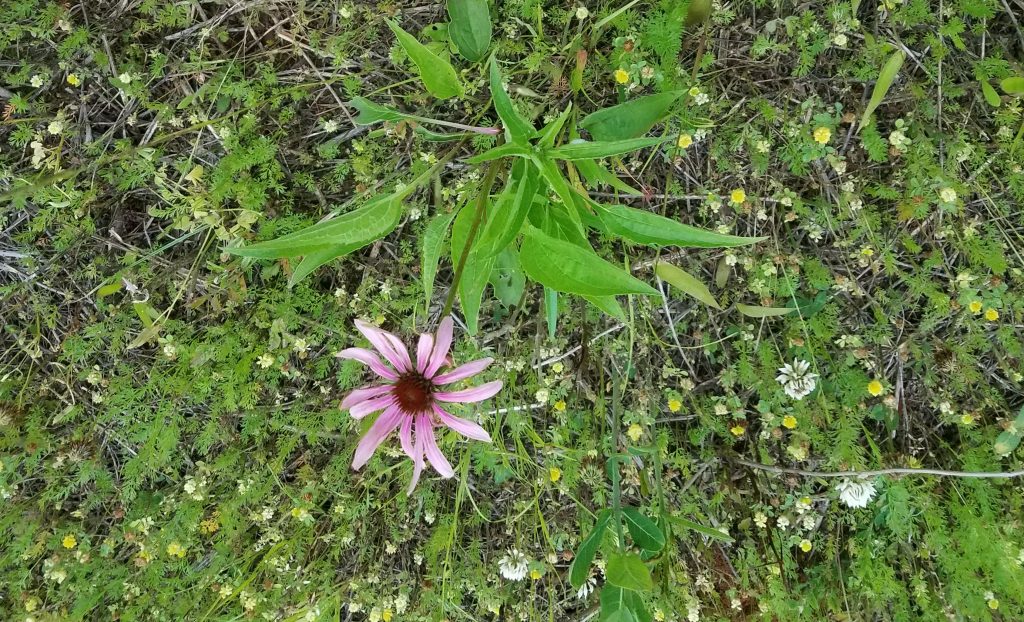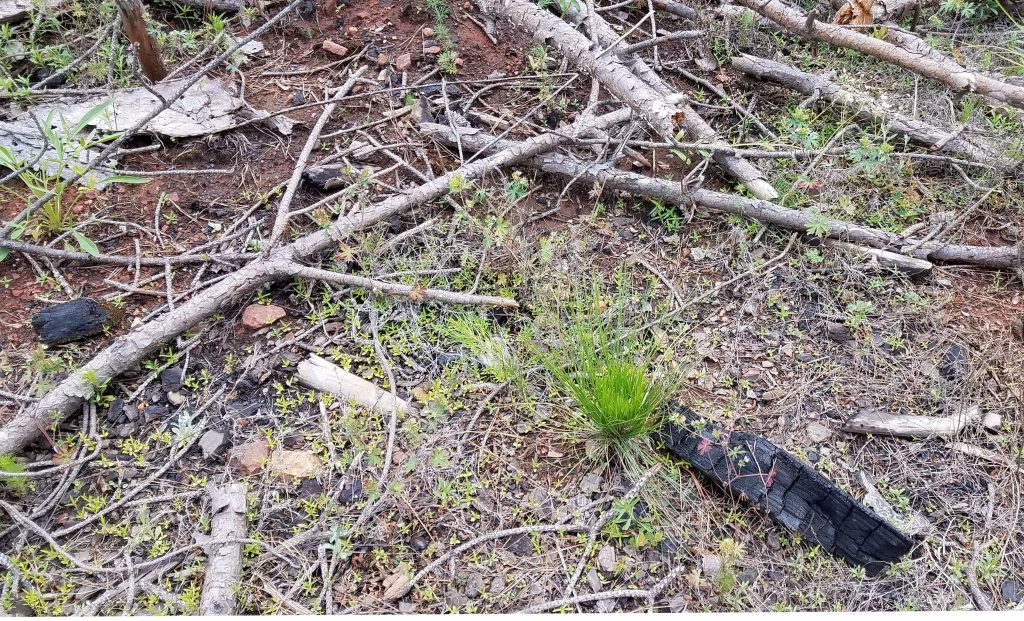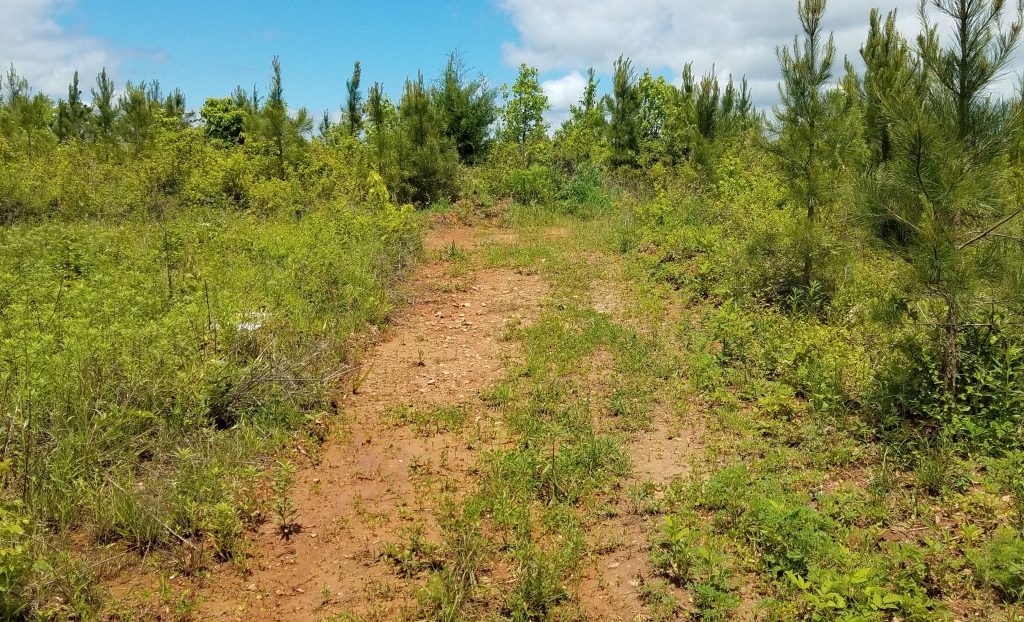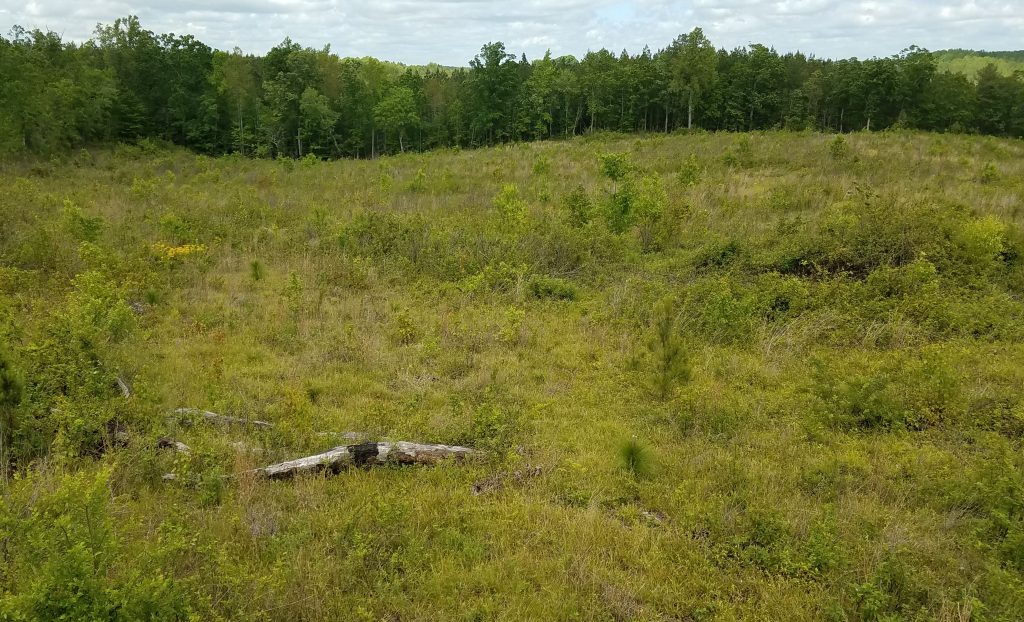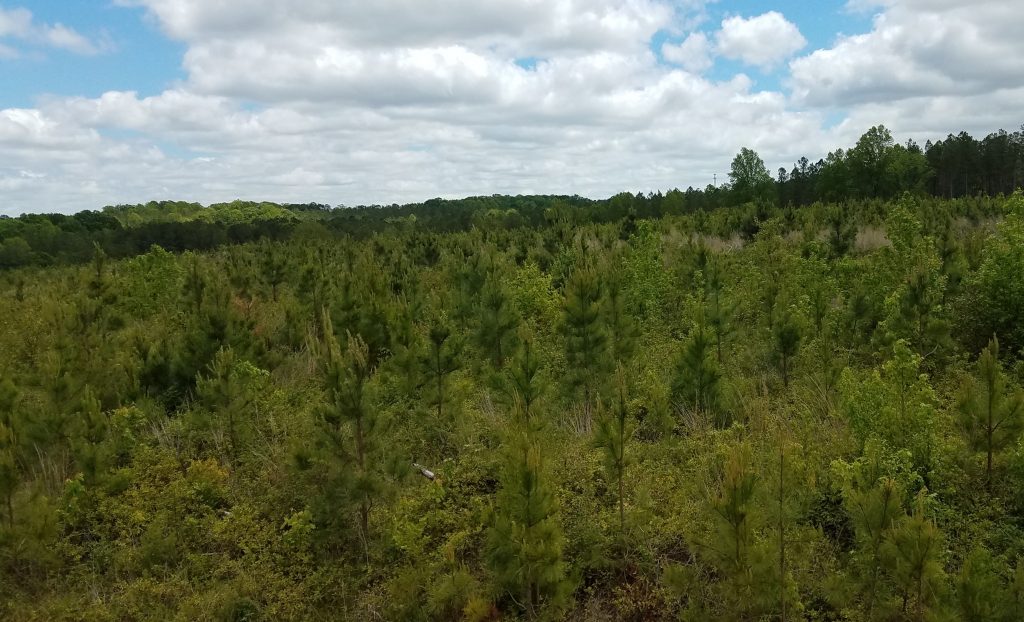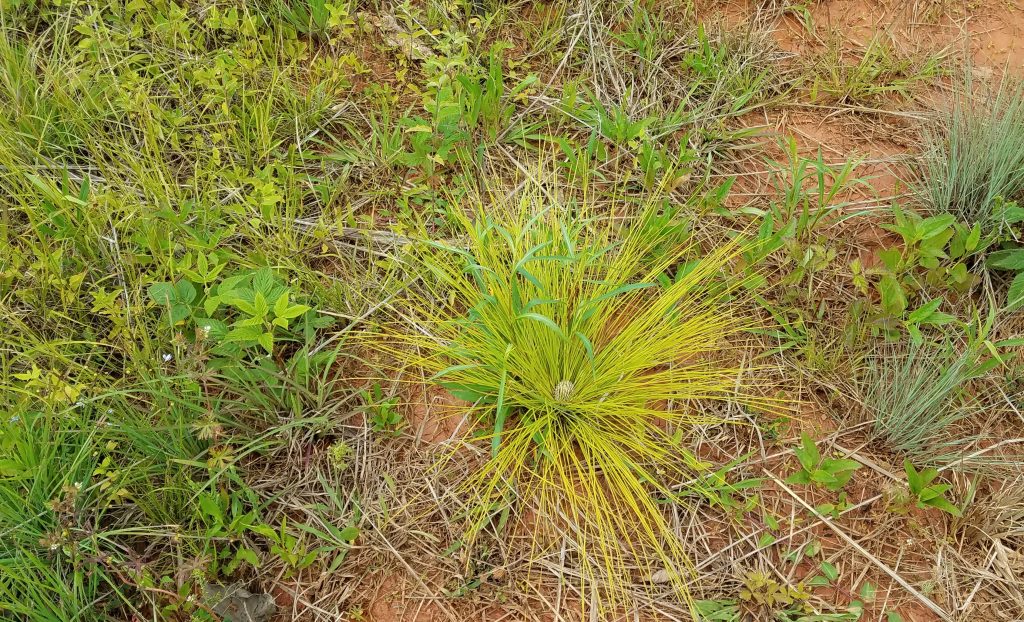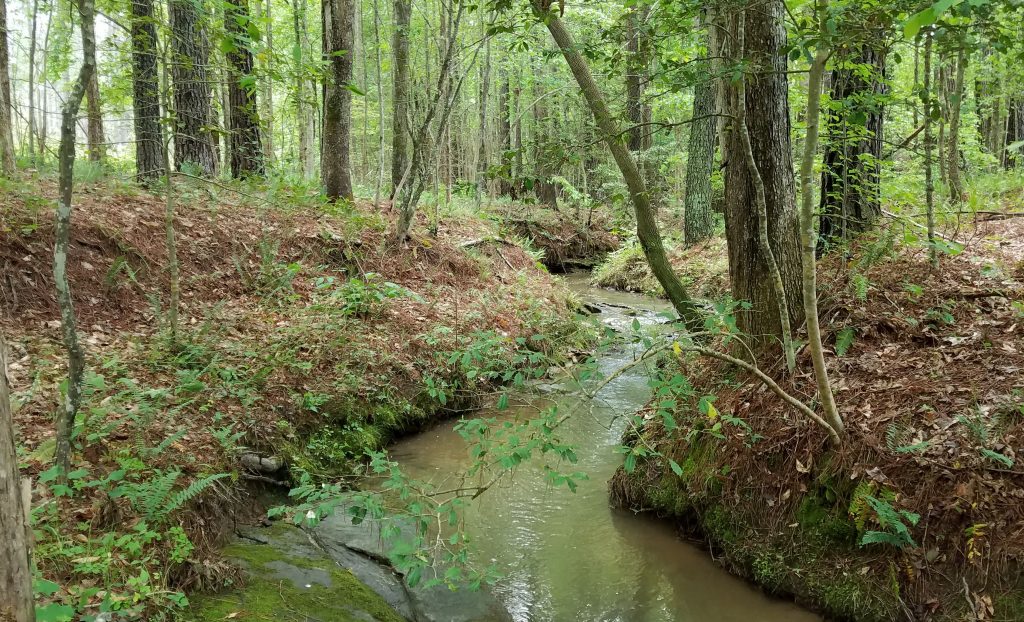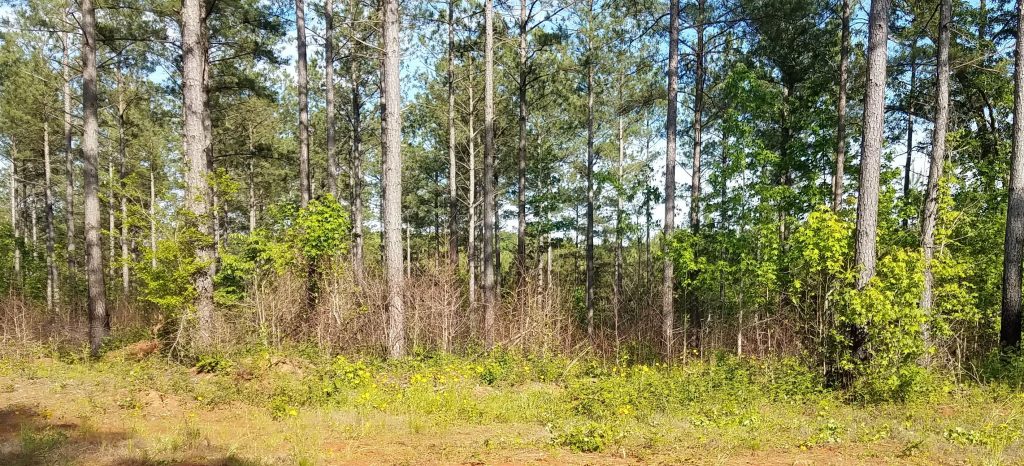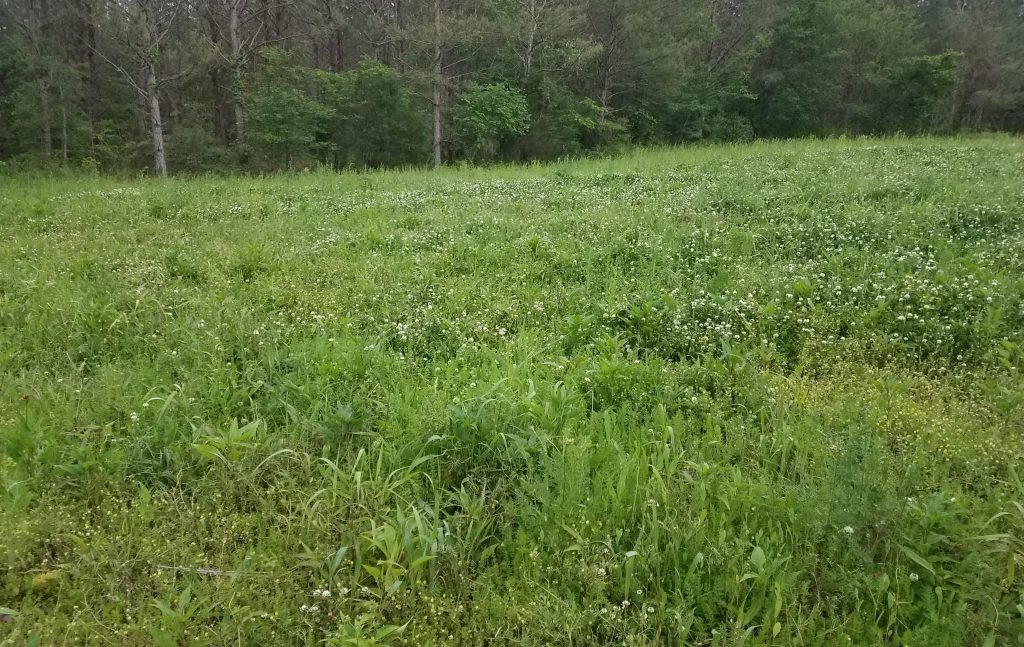We burned on this place four separate times, clear cut 45 acres, thinned another 45 acres to 50 BA, planted longleaf and loblolly pine and are now managing part for oak regeneration. It is probably our most intensively managed unit (just have been more things to do), but since we have had it for only eight years, it still seems a little less mine than the others.
I went down to do some brush control, but mostly to look around and make some videos. They are linked and self-explanatory, but since I do not expect most people to watch most of them (or any) I will explain a little more in print.
In #1 I talk about the results of a May 2018 fire. It got a little too hot and killed a couple dozen good trees. We left the trees standing, although some have crashed down. Standing dead trees like that are called “snags” and they are good for wildlife. We now have a kind of ghost forest. It is interesting to see the development. A few lessons learned about fire. More than anything else, the timing counts. You need the right season, the right wind and the right moisture. If you do this right, any “idiot” (I include myself) can be successful. When conditions are wrong, even the best will fail.
#2 is biochar. Biochar is simply charcoal mixed with soil. It results naturally from fires, since the fire chars but does not consume all the wood. In this case, we have a bit more, since we piled soil to control that too hot fire I mentioned in #1. Biochar is an interesting thing. The char means that wood does not decay. It holds the carbon. The char itself has no real fertility value, but it acts as a catalyst for other nutrients and helps the soil hold water but not become saturated. Indians in the Amazon used char to develop soils, called “terra preta” or black earth. These areas can grow crops, unlike most other Amazon soils. These people “made” this soil hundreds of years ago, yet it persists to this day.#3, #5 and #11 show the effects of different fire regimes and how they change the landscapes.#4 is a comparison of growth rates for longleaf and loblolly planted in 2016.
#6-#9 are about the challenges & joys of establishing longleaf pine on the Virginia piedmont.#10 shows a gas pipeline. I am not against pipelines or power lines. If properly managed, they can provide a great conservation of grasslands and pollinator habitat. You can see what I mean on the pictures.#11-13 Are about stream management zones and protection of water resources. I think Virginia forests do a good job of this.
#14 & 15 are musings along the trail.
#16 is me talking about oak regeneration plans.
#17 is my tired but content end of the day
#18-20 shows that I did not really end the day, but took advantage of the dying light to take a look at the meadows and SMZ on nearby Diamond Grove. Also looked at the old homestead place, no longer extant.

